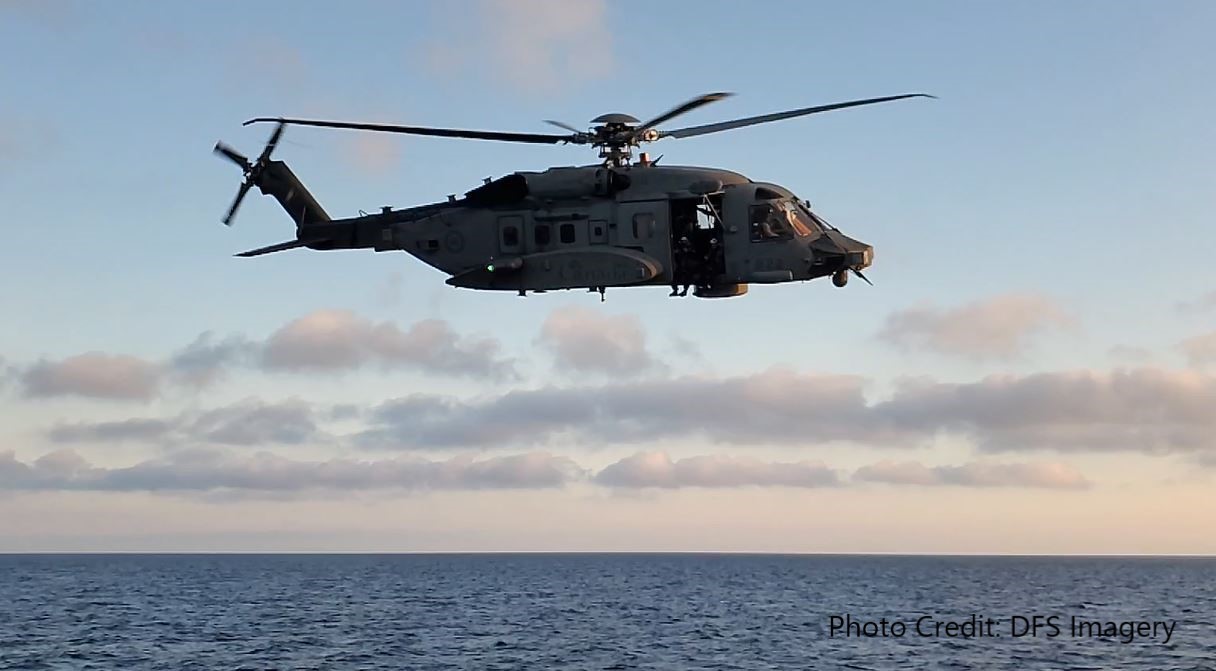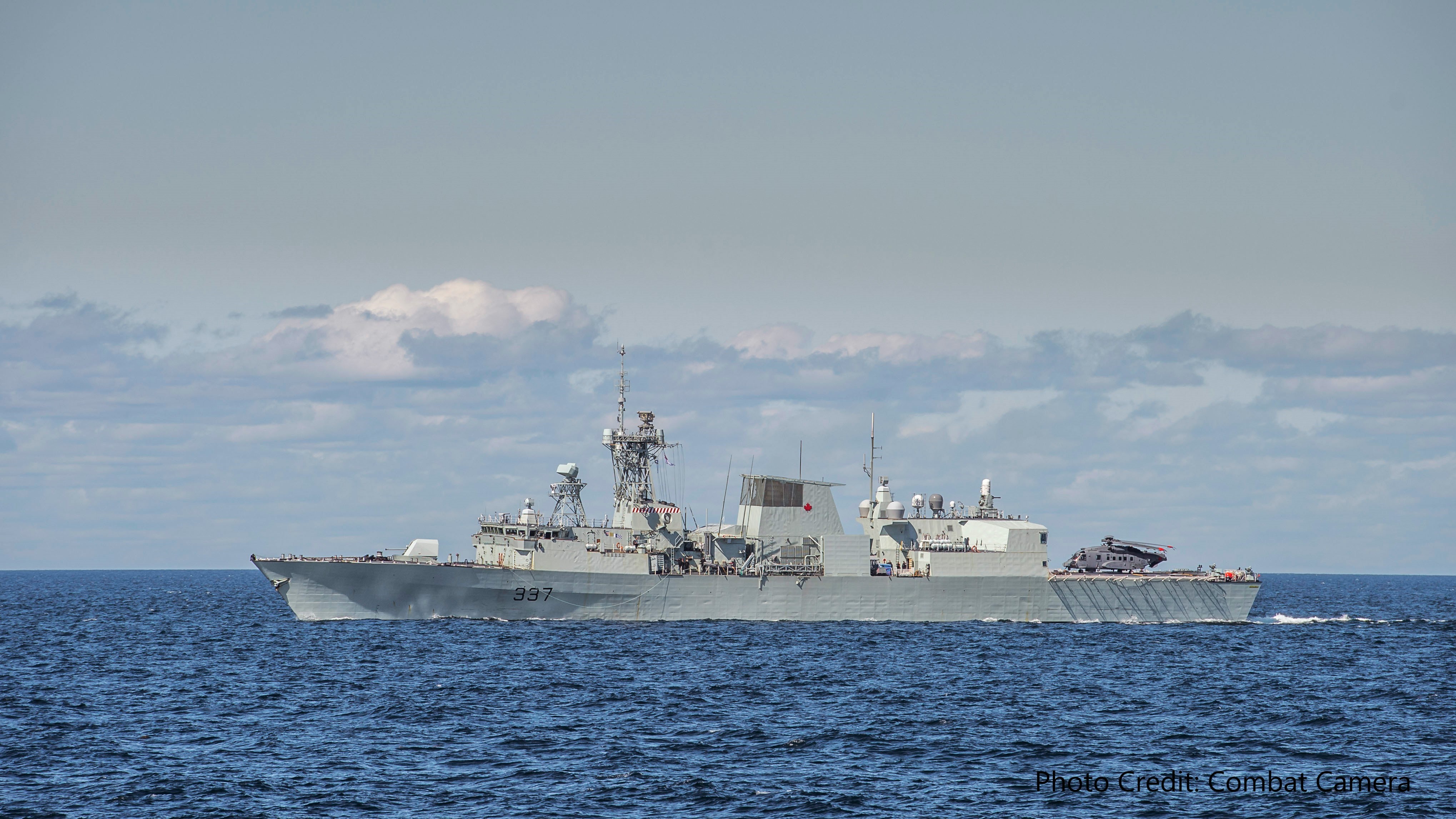CH148822 Cyclone - Epilogue
Report / May 11, 2021 / Project number: CH148822-A-Cat
Location: Ionian Sea, 77 NM West of Greece
Date: 29 April 2020
Status: Investigation Completed
On 29 April 2020, the crew was tasked as part of Operation REASSURANCE to conduct a routine surface surveillance mission in the Ionian Sea followed by flight deck evolutions for aircrew proficiency upon recovery to Her Majesty’s Canadian Ship (HMCS) Fredericton. There were four members of the crew and two passengers on board the aircraft.
During the return for recovery, the aircraft made a pass on the port side of the ship, from stern to bow. The aircraft then executed a left hand turn to establish a downwind leg in preparation for approach to the ship. Astern and inside the control zone of the ship, the aircraft commenced a final left turn to set-up for the approach. During this final complex manoeuvring turn to close with the ship, the aircraft did not respond as the crew would have anticipated. This event occurred at a low altitude and became unrecoverable. The aircraft entered a high energy descent and impacted the water astern the ship. The aircraft was destroyed and all six occupants were fatally injured.
The investigation determined that the aircraft electronic flight control system was designed and certified in accordance with applicable specifications but contained a fly-by-wire flight control law that created a Command Model Attitude Bias Phenomenon - an aircraft objectionable behaviour characteristic - that resulted in the pilots’ inability to effect a restorative pitch correction, while overriding the engaged airspeed/pitch axis flight director mode at low attitude.
The aircraft fly-by-wire control laws, when coupled to the indicated airspeed pitch axis mode of the flight director in a multi-axes manual flight manoeuvre with excessive manual input to the pedals, induced a negative pitch attitude bias resulting in insufficient aft cyclic controller command response to recover the aircraft without deselection of the flight director mode.
The primary flight controls were manipulated to override the engaged airspeed/pitch flight director modes during the final manoeuvre without verbalization to the crew nor was it challenged by the crew, as a result of ineffective crew resource management. The absence of standardized crew resource management was also observed during other phases of the mission.
The original equipment manufacturer, Airworthiness Authorities and aircraft operators were unaware of the Command Model Attitude Bias Phenomenon prior to the accident.
The investigation concluded that CH148 publications contained information that may have been confusing or misleading to operators, contained numerous sections on automation considerations that were incomplete, and lacked manoeuvre descriptions that would have been required for operational use.
The investigation recommends amendments to CH148 publications regarding automation operating intent, automation philosophies, and automation employment strategies. The investigation also recommends modification to software embedded within the electronic flight control laws and to enhance flight mode annunciation and awareness to the crew.
The investigation recommends that a working group be established to review the Maritime Helicopter Project Statement of Operating Intent, and to determine the operational requirement of the return-to-target, and similar manoeuvres, in the CH148.

